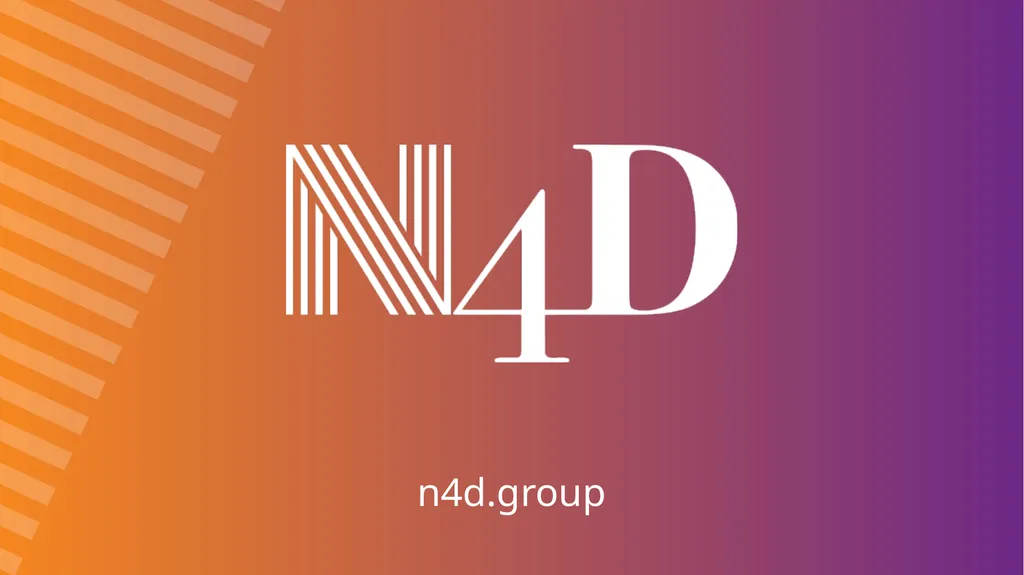
Author : cheryl-pisano | Published Date : 2025-06-27
Description: NIPN Contribution Study Preliminary findings June 2023 Introduction Objectives To evaluate the performance of the NIPN Phase I. To understand whether any changes are needed to NIPNs approach to inform future implementation. To provideDownload Presentation The PPT/PDF document "" is the property of its rightful owner. Permission is granted to download and print the materials on this website for personal, non-commercial use only, and to display it on your personal computer provided you do not modify the materials and that you retain all copyright notices contained in the materials. By downloading content from our website, you accept the terms of this agreement.
Here is the link to download the presentation.
"NIPN Contribution Study Preliminary findings June"The content belongs to its owner. You may download and print it for personal use, without modification, and keep all copyright notices. By downloading, you agree to these terms.













